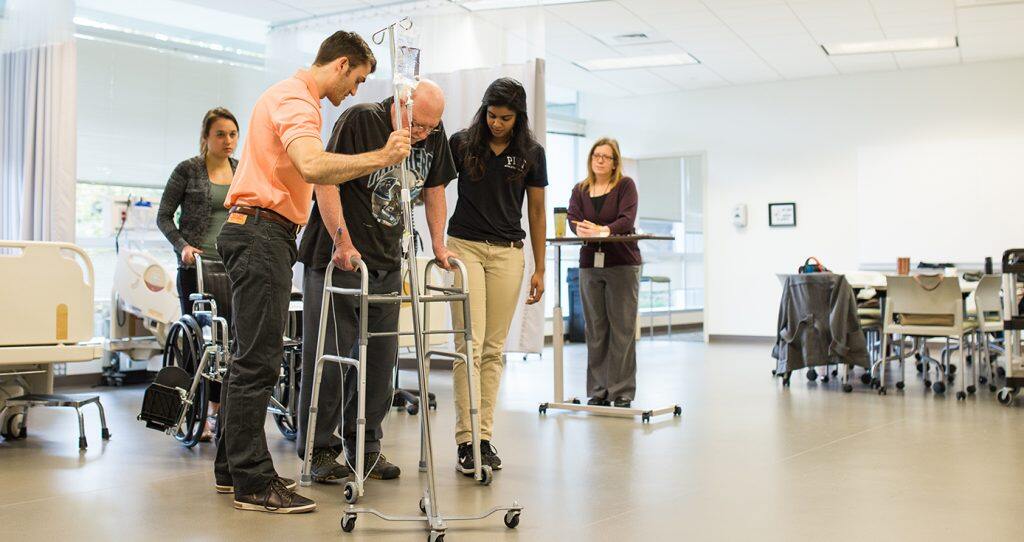Pneumonia—inflammation in the lungs—has long been a leading cause of hospitalization and death in the United States, even before the pandemic. And up to a third of patients hospitalized for pneumonia die within a year, while others are left weakened or unable to perform everyday tasks.


A new study led by Janet Freburger, professor of physical therapy in the University of Pittsburgh School of Health and Rehabilitation Sciences, has found that occupational and physical therapy after hospitalization is associated with a decreased risk of readmission and death in the month following discharge.
The research was recently published in the Journal of the American Medical Association.
In this cohort study of nearly 30,750 discharged patients with pneumonia or influenza-related conditions, “We found that as therapy visits increased, the risk of hospital readmission or death decreased,” Freburger said. “In some ways, we weren’t surprised. Therapists understand the value and importance of mobility and appropriate discharge planning, so patients don’t have adverse outcomes that could lead to readmission. It was good to see the data support this.”
The patients, who were adults 18 years or older, were discharged from 12 acute care hospitals in Western Pennsylvania, all in the UPMC network. UPMC Health System data was used for the study.
“We already knew that as therapists we can enhance outcomes for patients, where patients actually thrive after staying with us and not just survive,” said Tracey Euloth, a physical therapist and a regional director of therapy services across the UPMC system.
“Being able to bring together the academic evidence and clinical application as a team on this project was invaluable for us to support the care delivery at UPMC that we know is impactful,” said Beth Matcho, a physical therapist and regional director of therapy services at UPMC Pinnacle.
The research team hopes this study and other related studies will help those who advocate for appropriate therapy dosing in hospital settings.
“There currently isn’t a clinical practice guideline for therapy dosage for pneumonia patients in hospitals” said Aileen Chou, a graduate student researcher in physical therapy at Pitt and a co-author of the study. “With this new research, I hope that hospitals can be more confident in how they allocate therapy resources to maximize the patients’ potential.”
“Seeing a rehabilitation provider and promoting mobility in the acute care setting is a very positive thing to do. If you are having mobility problems and haven’t seen a therapist, have your doctor make a referral,” Freburger said.
She added that the team is working with UPMC Health System data to look at stroke patients, different patient populations and acute care rehabilitation issues as well.






































